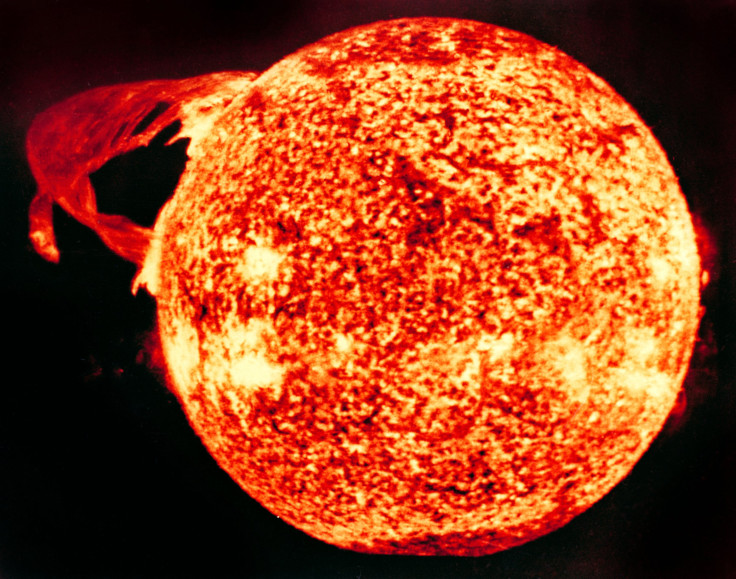Researchers Create Mini Sun To Study Solar Storms

Researchers from the University of Wisconsin-Madison created a small version of the Sun to study how solar winds and storms are formed. Through their experiments, they were able to mimic solar activity inside their laboratory.
According to the researchers, the Sun is mostly made up of hot plasma. As the giant star rotates, the plasma spins too and creates a magnetic field. Solar winds are created during this process as the magnetic field near the Sun’s surface weakens, causing plasma to break free.
In order to gain a deeper understanding of the nature of solar winds and how they transform as they travel across space, the researchers created a mini version of the Sun inside their laboratory. Dubbed as the Big Red Ball, the researchers’ Sun model is a 3-meter-wide sphere that contains a powerful magnet at its core.
To create the plasma inside the Sun, the researchers pumped the Big Red Ball with helium gas. An electric current was then applied to the device to stir the plasma and create an electromagnetic field around it.
With their own version of the Sun, the researchers recreated the Parker Spiral. It was named after astrophysicist Eugene Parker, who theorized that the magnetic field emitted by the Sun forms a spiral due to solar winds.
According to lead researcher Ethan Peterson, the experiment with the Big Red Ball confirmed the theory regarding the Parker Spiral model.
“Satellite measurements are pretty consistent with the Parker Spiral model, but only at one point at a time, so you’d never be able to make a simultaneous, large-scale map of it like we can in the lab,” he said in a statement. “Our experimental measurements confirm Parker’s theory of how it is created by these plasma flows.”
Aside from the Parker Spiral model, the researchers were also able to identify regions where small plasma ejections or burps occur. Using their Sun device, the researchers mapped areas where plasma could get ejected due to weak points in the magnetic field.
“These ejections are observed by satellites, but no one knows what drives them,” Peterson explained. “We ended up seeing very similar burps in our experiment, and identified how they develop.”
The study conducted by Peterson and his team were published in the journal Nature Physics.
© Copyright IBTimes 2024. All rights reserved.





















